Today we’re going to talk with Rhett, one of our wood ceiling finish experts, about custom stains. Custom stains are a really great way for you as a designer to put your signature on a space and match other finishes and surfaces.
Are Custom Stains An Option?
Yes! 9Wood really enjoys custom staining. We really try to constantly be looking for other techniques to make wood look a certain way and to really give the customer what they desire. So, there’s not actually a cost increase to do a custom stain versus a standard stain. It’s the same formulation and the same material so we would charge the customer the same amount. There is an up charge to do a stain, whether it be a standard or a custom stain, versus a clear finish.
Can You Have Multiple Stains?
We have actually had jobs that had multiple stains, even within the same product. We’ve done grilles for example, that have one, two, or even three different stains on the slats within one panel. Different zones of the building require a different color, so quite often we see jobs that have multiple different stains.
— Check out a Case Study on the Virgin Galactic Spaceport —
Does Wood Species Make A Difference?
Different species are going to take a stain differently. Softwoods like hemlock tend to really accept stain and make the wood really pop, whereas other species like natural maple, for example, is not going to take a stain very well. It’s going to be very inconsistent, some of the stain is going to sit on top and look really mottled. In other parts, it’s going to dive down in and show the grain.
How Well Do Veneers Stain Compared To Solid Wood?
Veneers are an interesting challenge for stains. Any given lot of veneer that comes in can have a really huge color range. Maple can come in really light and then also be really yellowish and so the stain that you formulate can look drastically different from one lot to the next.
What Are The Ranges Of Wood Stains?
9Wood’s coatings can go from transparent to semi-transparent to full opacity.
- Transparency would be our full penetrating stain lines that really pop the grain out and give you that beautiful wood look.
- Semi-transparent would be like a pickle where it has a whitewash look where you can still see the grain a little bit, but you’re just kind of toning it to look a different color.
- On the other side of the spectrum, the fuller side is opaque, where you’re completely covering the grain up. We would use a lacquer just to put pigment in it, to any color desired. It’s actually a lot easier to match colors with opaque because you’re covering up the natural color of the wood and so you don’t have to worry about starting your pallet with a yellower tone.
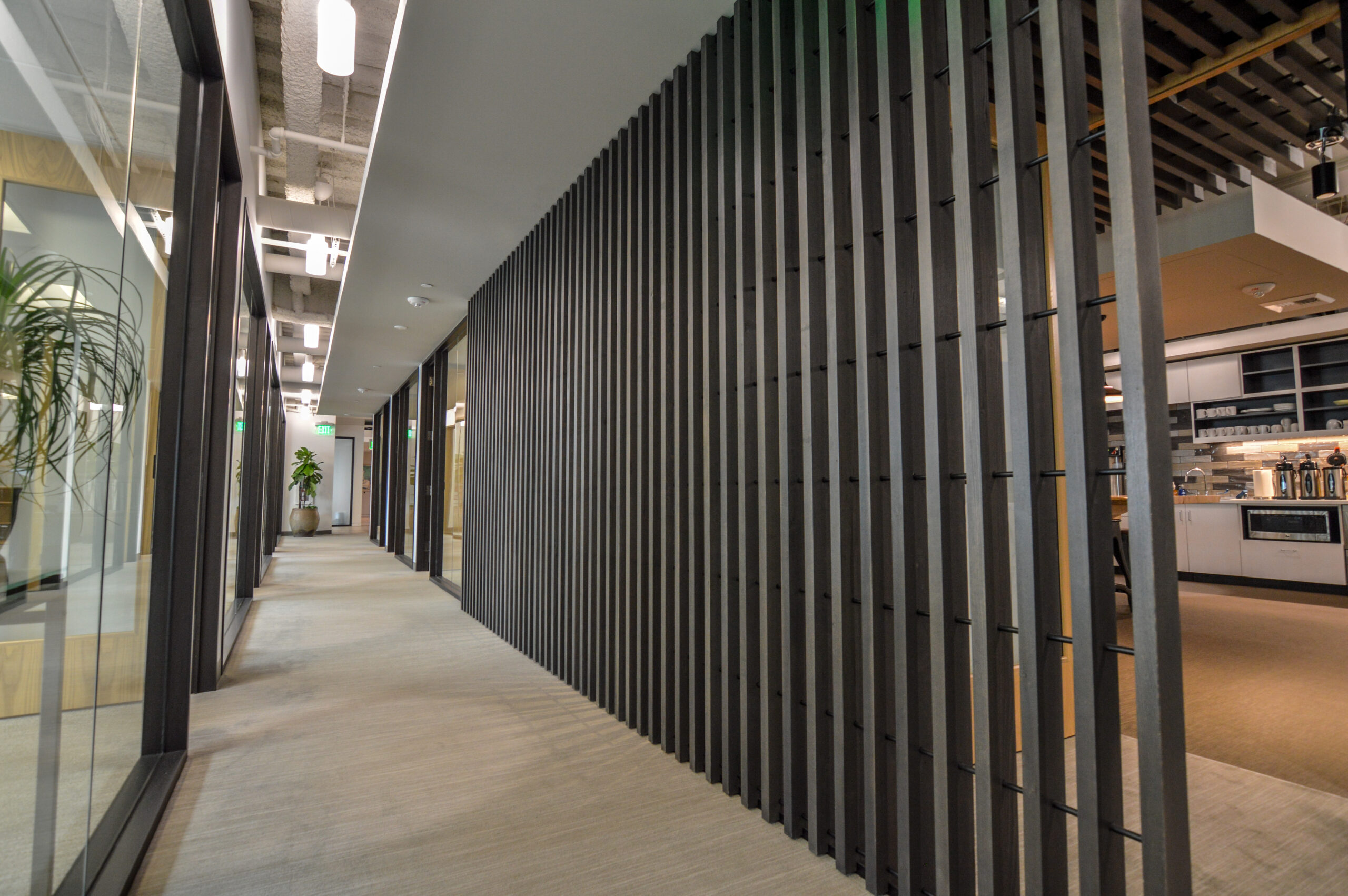
Opaque finish on Western Hemlock 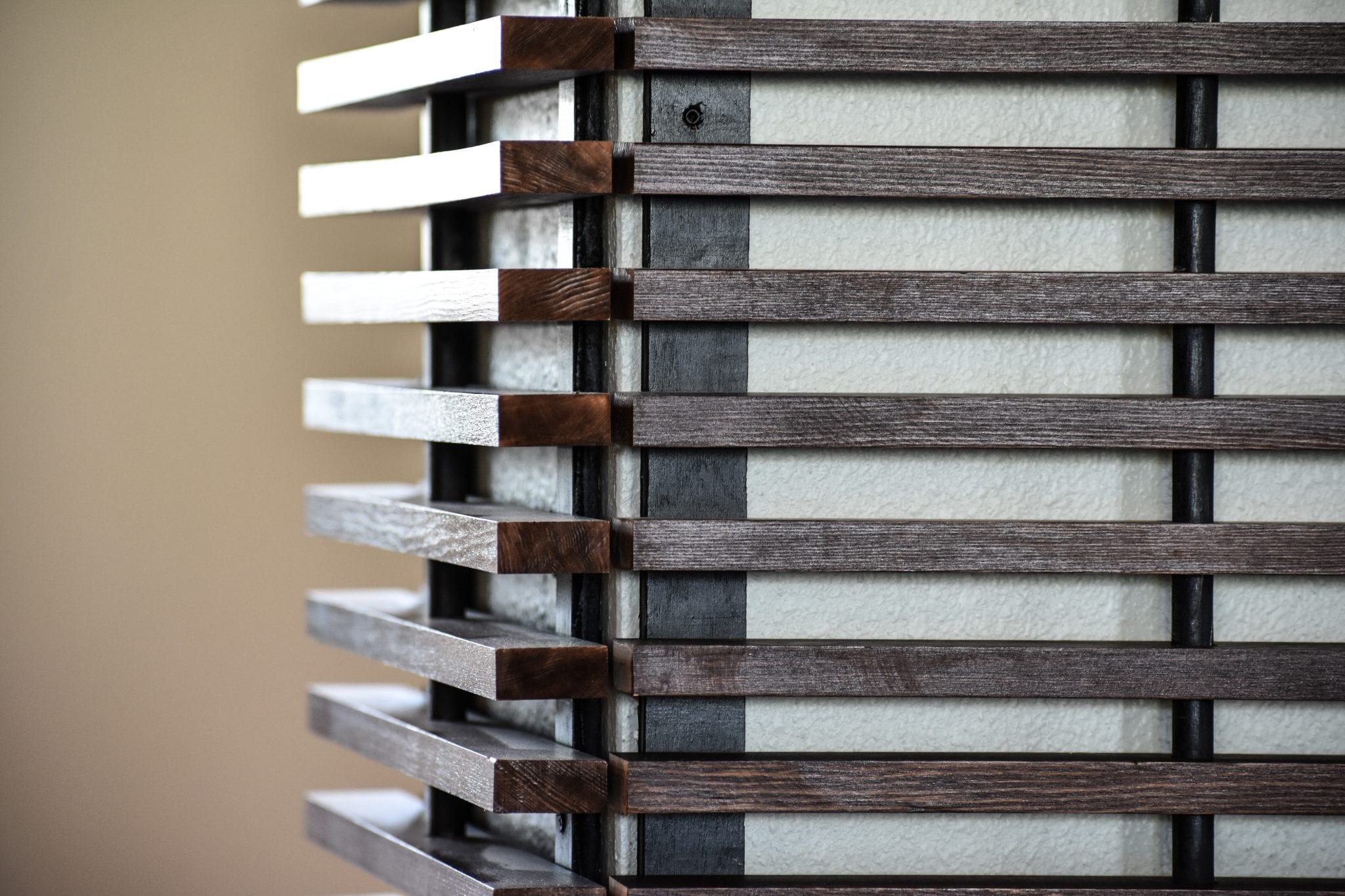
Stained Western Hemlock 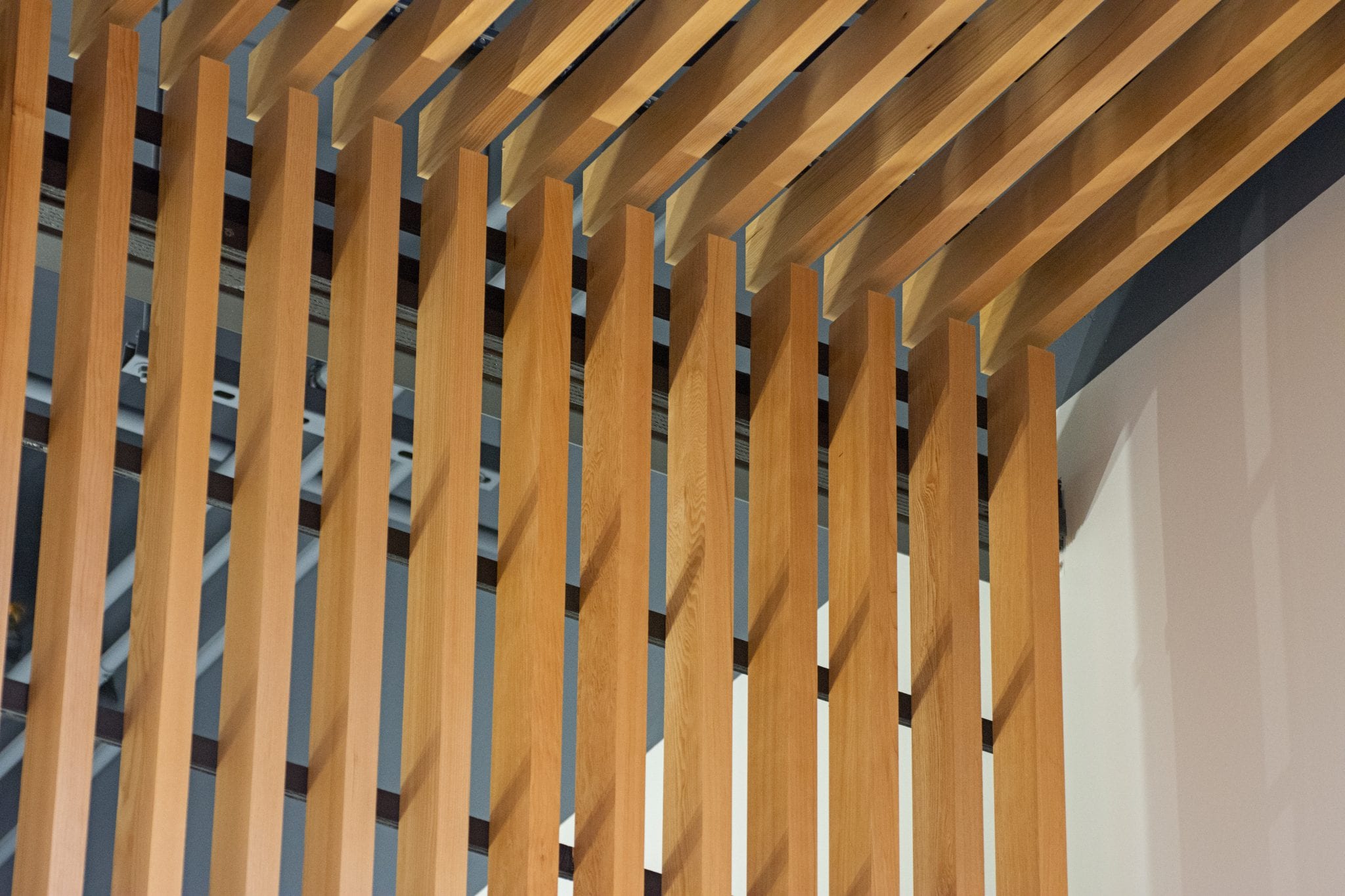
Clear (transparent) Western Hemlock
One thing 9Wood can’t do with opaques is do a two-toned paint look. Such as sparkly finishes, things like that, it has to be one solid color for us.
What’s The Difference Between Custom And Standard Stain Options?
9Wood uses a custom formulation for our stain base that helps it to really dive down into the wood, but yet bind itself to the grain. On the colorant side, we use mostly dyes. We have standard stains in both solid hemlock and cherry veneer and they match. They’re the same colors for solid as they are for the veneer. Picking a standard stain is a really quick way to get around the color that you’re looking for and they’re very popular colors, so instead of spending a bunch of money on solid walnut, you would just pick our standard walnut color. We have chip boxes of all of our standards on solid and veneer.
Can Custom Stains Be Used In Exterior Conditions?
We absolutely can do custom stains in an exterior soffit condition. It’s a slightly different formula for us on exterior then interior, but none the less, we can do custom stains on exteriors. In order to do a custom stain, we really need a nice color control to start with. A lot of times customers will send swatches, even better is a wood species with the color on it, so we can really see the difference in color in the wider and tighter grains. So, what we would do is we would start with hemlock
Why Hemlock?
Knowing that hemlock is yellow our stain techs are really able to use a color like purple on the opposite side of the color wheel to start back with a fresh white and stain up from there. So, it’s really quite remarkable what are stain techs are able to do. If you’re trying to take a darker species that has a naturally dark color and go lighter, it’s extremely difficult. We can do it, but we would need to use pigments.
Does A Good Operation Allow You To Approve Colors Before Fabrication?
You absolutely get to approve the color before it goes to fabrication. We always try to send out what you can expect on difference in grain on our stains. If it’s not quite right we would go back to the drawing board and rematch the color and then send it back out. We keep documentation of all samples that we send out, just to make sure that we have record of it. You may go back to the first one and say actually, “I like the first one–I want to approve that one.”
How does 9Wood feel about custom stains?
Well, I think 9Wood’s methodology is to really enhance the beauty of wood through our staining. We don’t want to cover the grain up, we want the grain and the wood to be the star of the show. Our staining system is designed at really popping out that grain structure and natural beauty of the wood.
Custom Stains For Wood Ceilings
We’re here to help you in crafting your specification to make sure that you get your design intent for your owner. We look forward to working with you and we’ll see you next time.

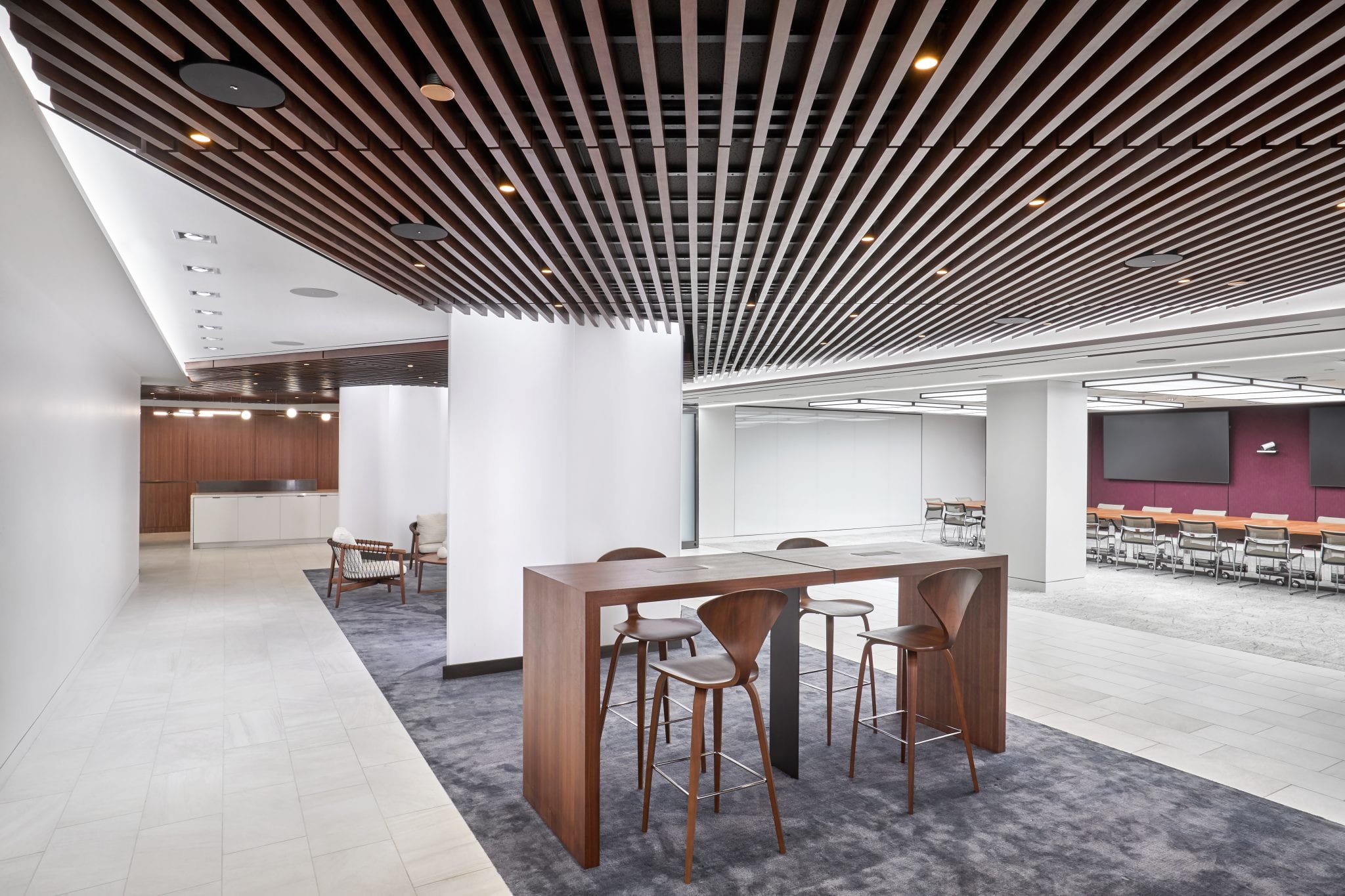
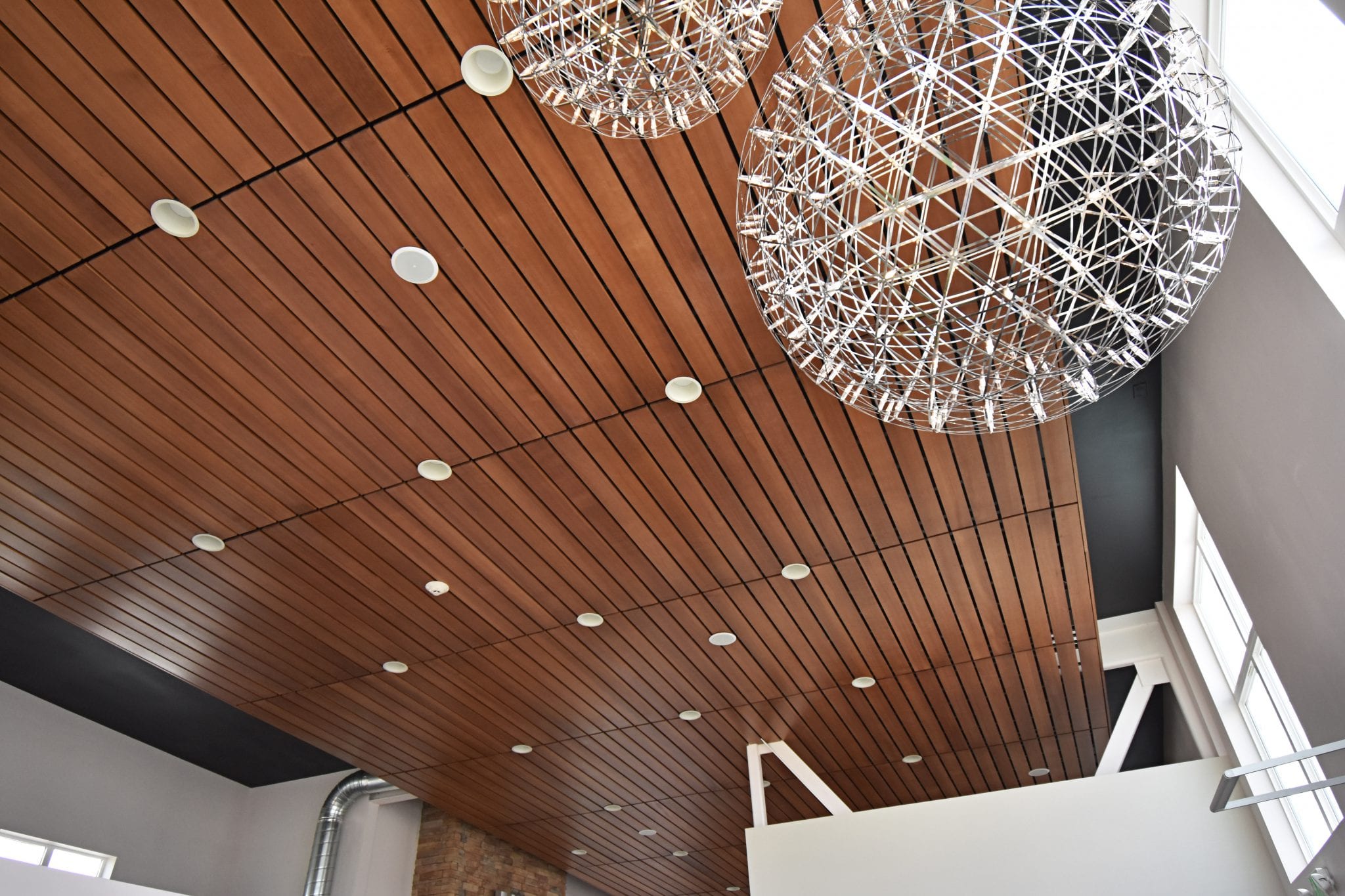
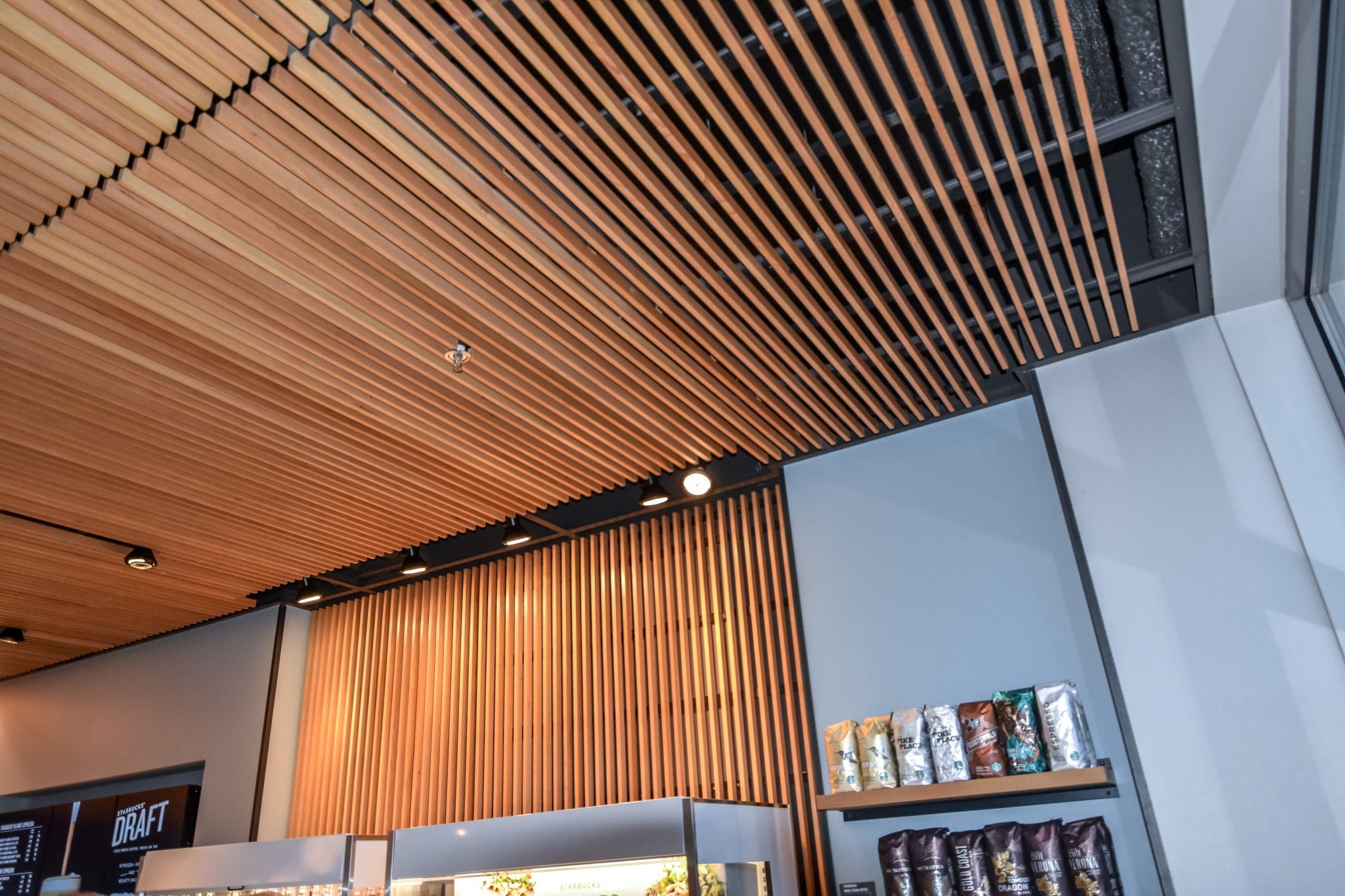
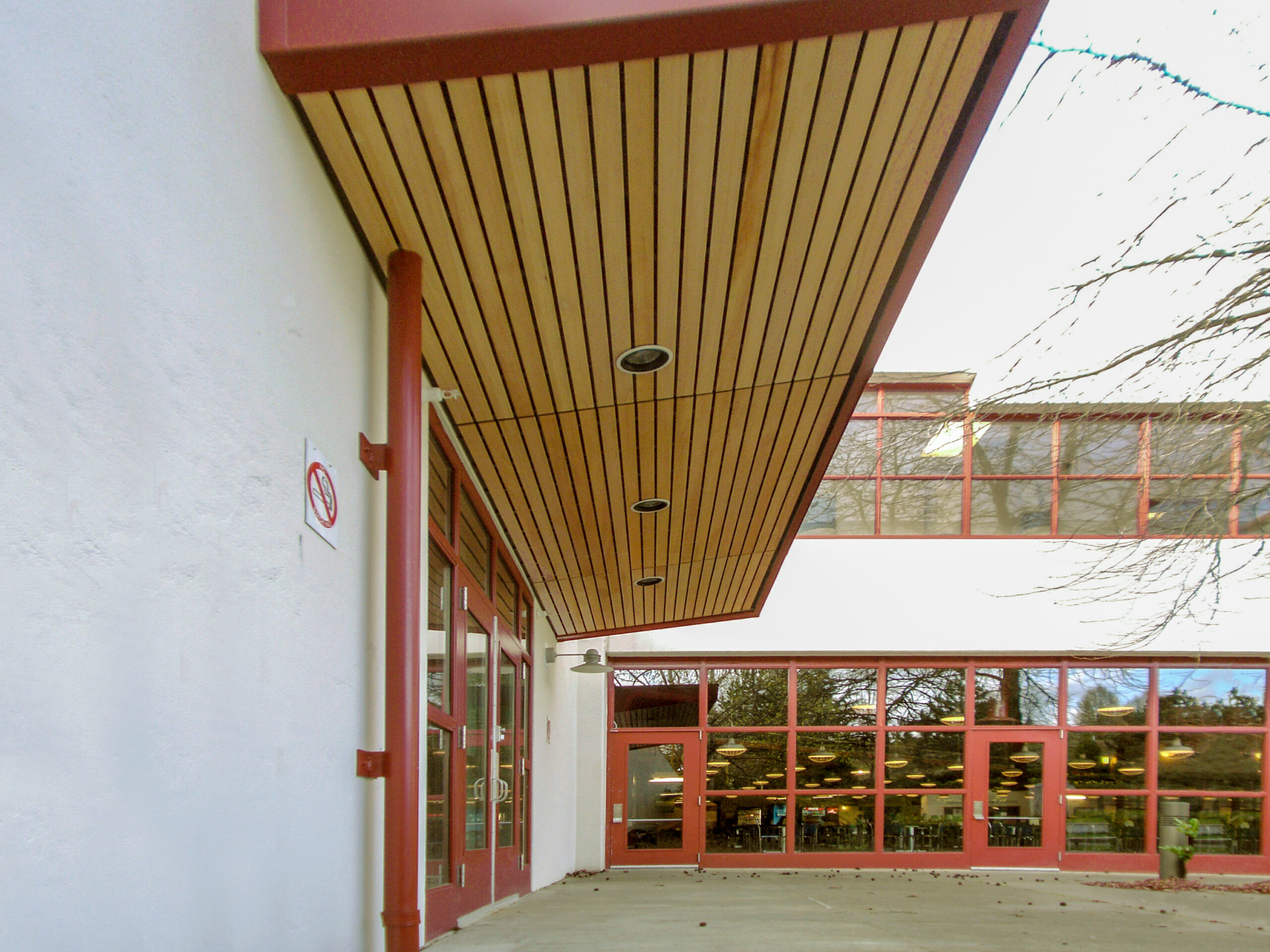
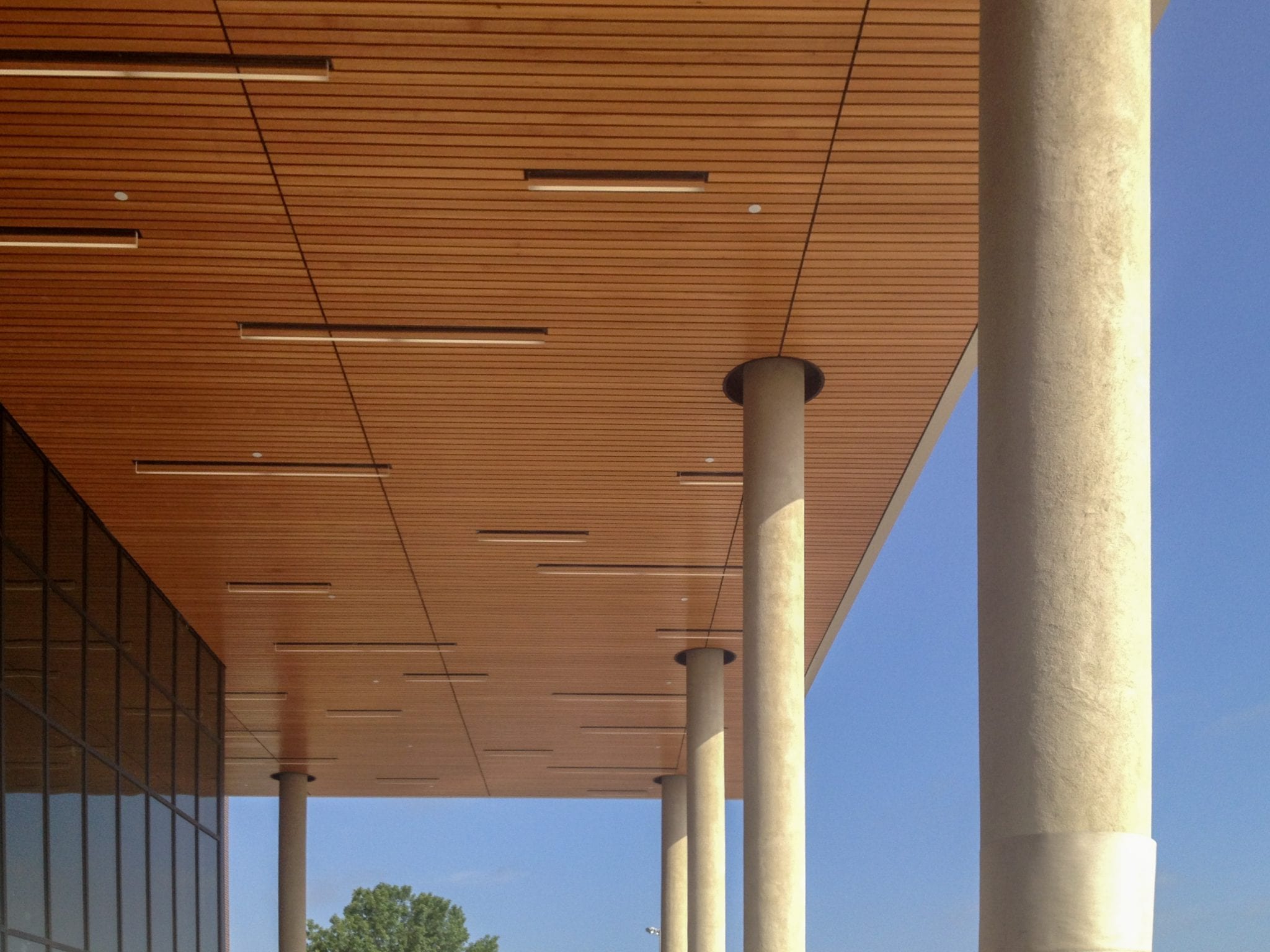
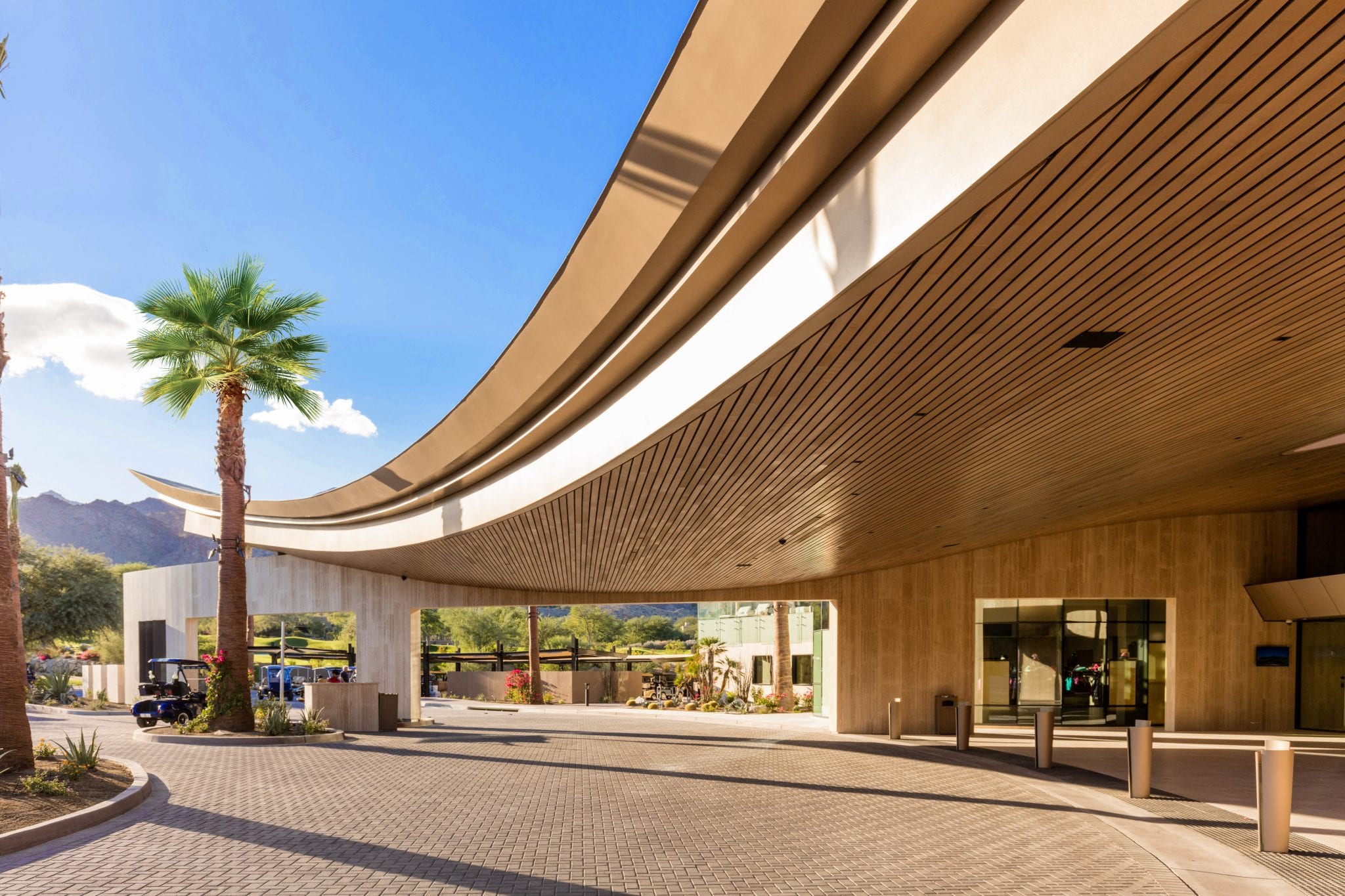
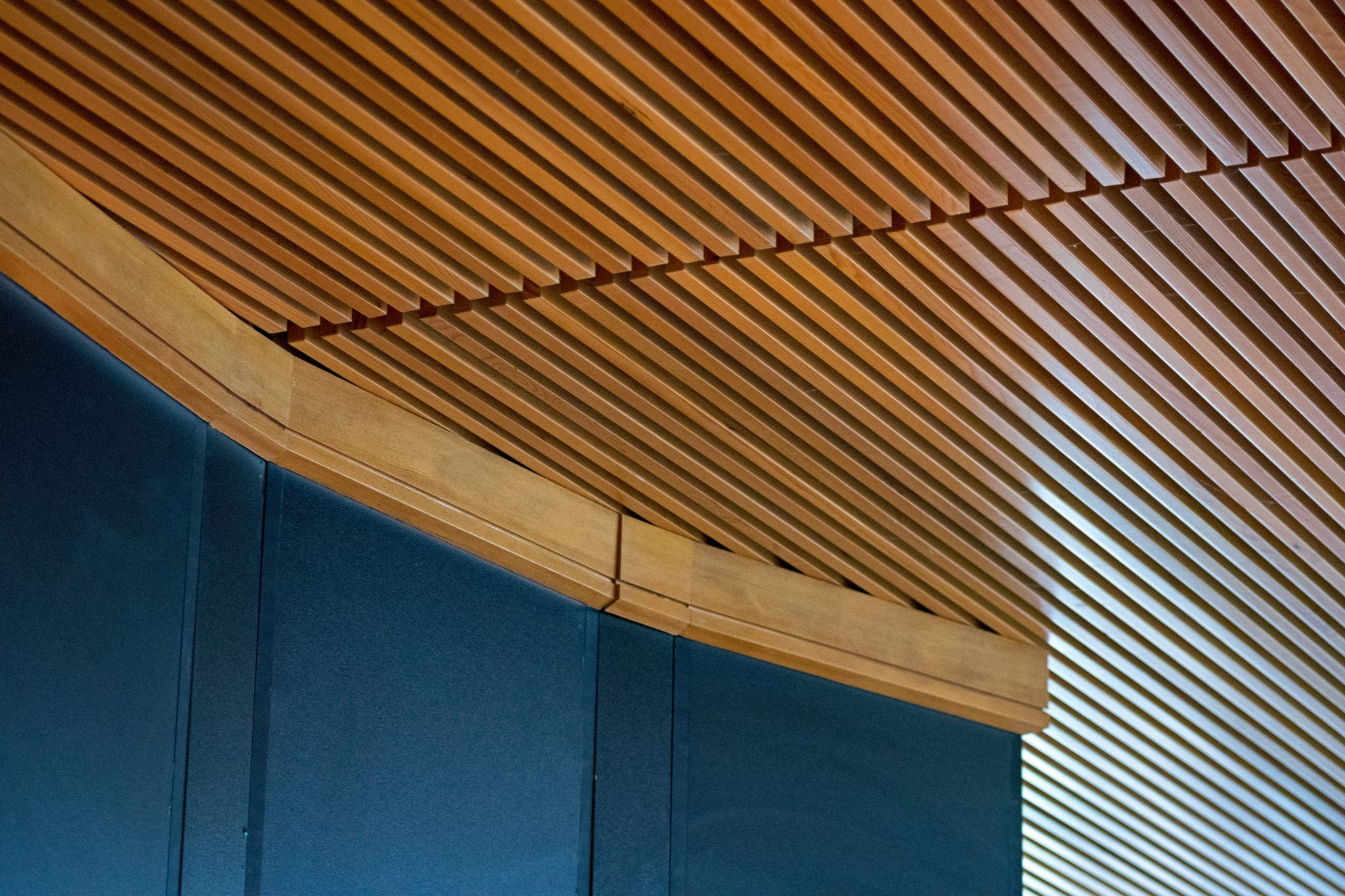
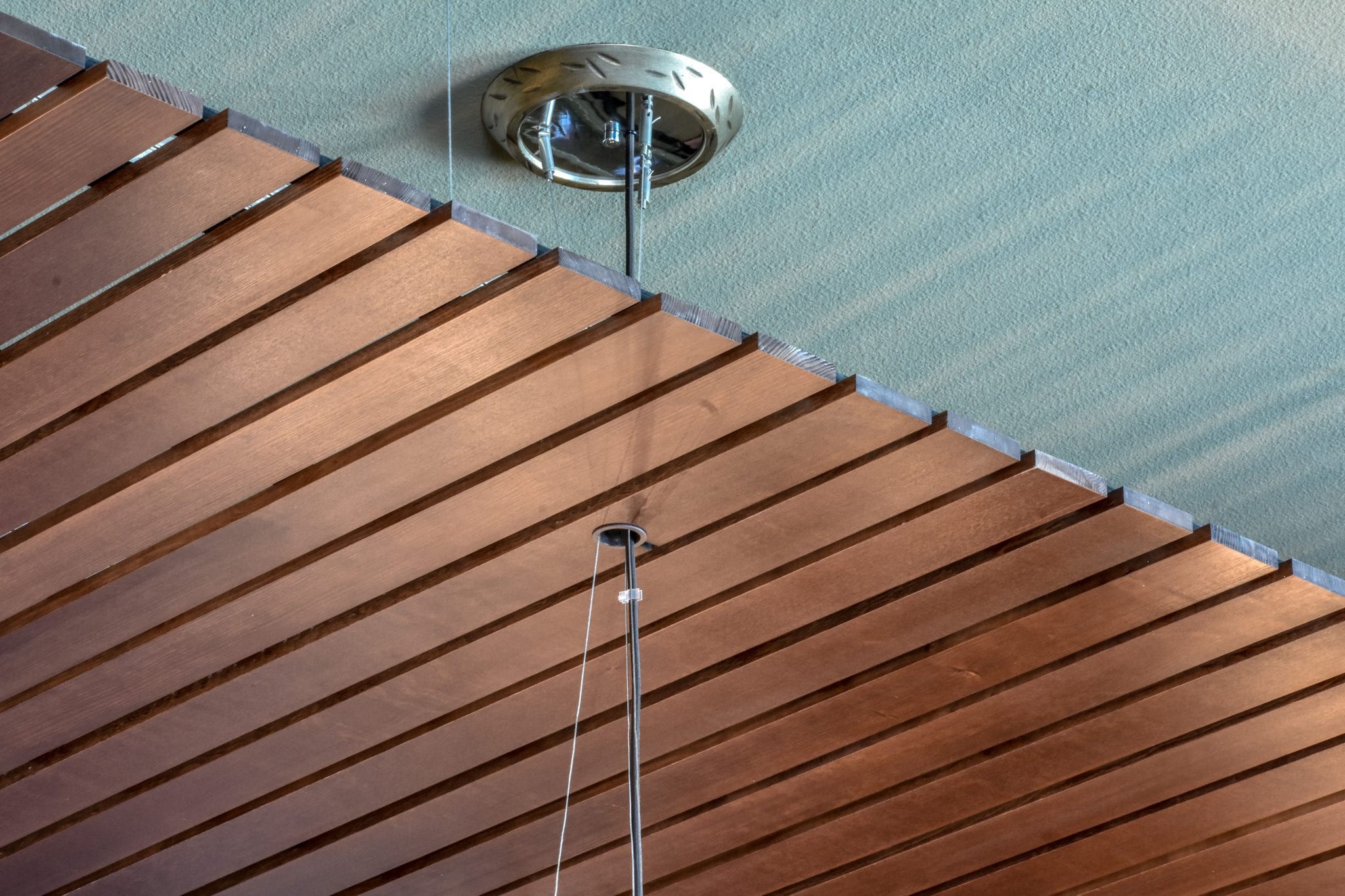
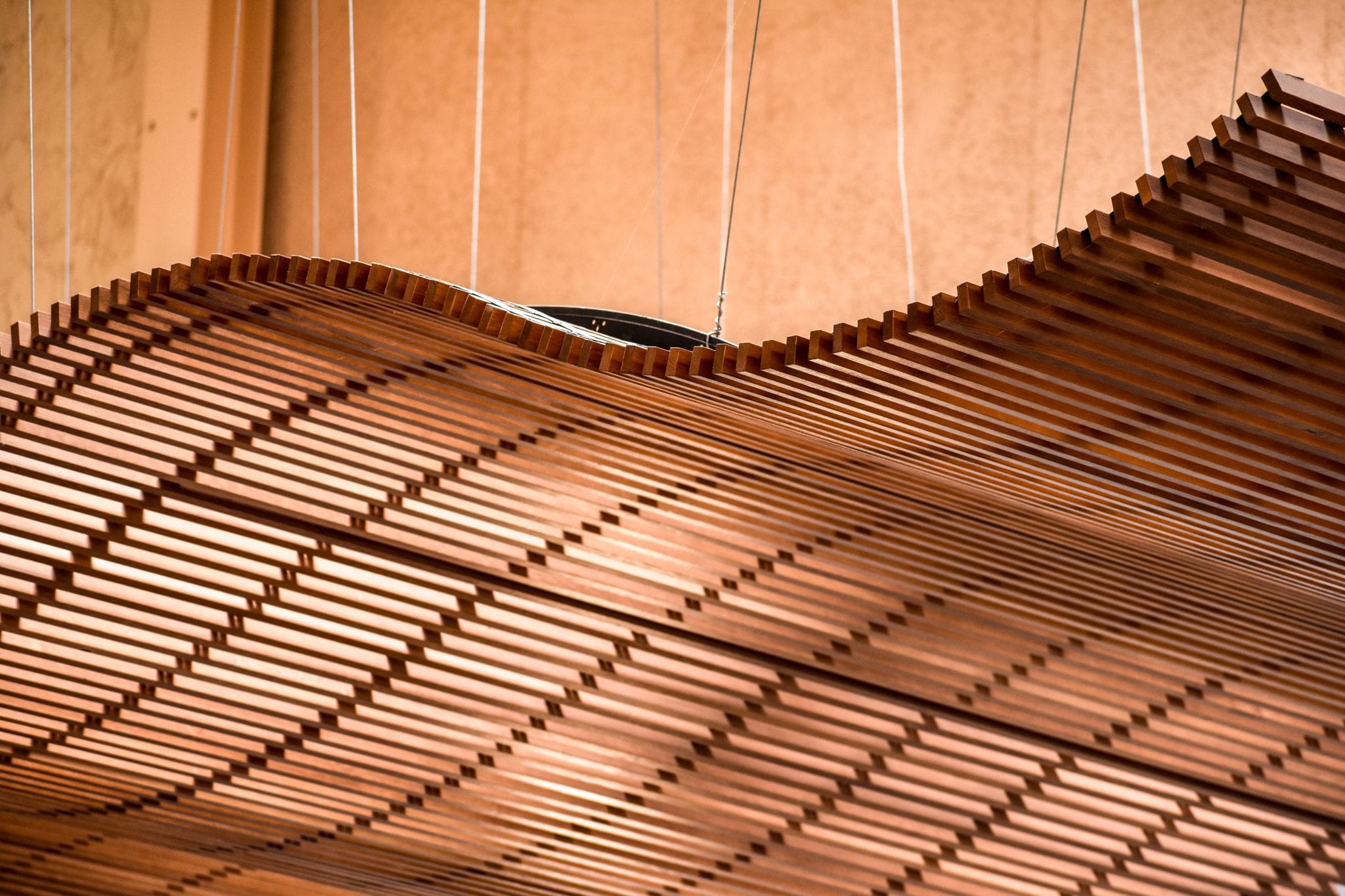
 Don’t forget the crackers! We use cookies to offer you a better site experience and to analyze site traffic. Read about how we use cookies in our
Don’t forget the crackers! We use cookies to offer you a better site experience and to analyze site traffic. Read about how we use cookies in our